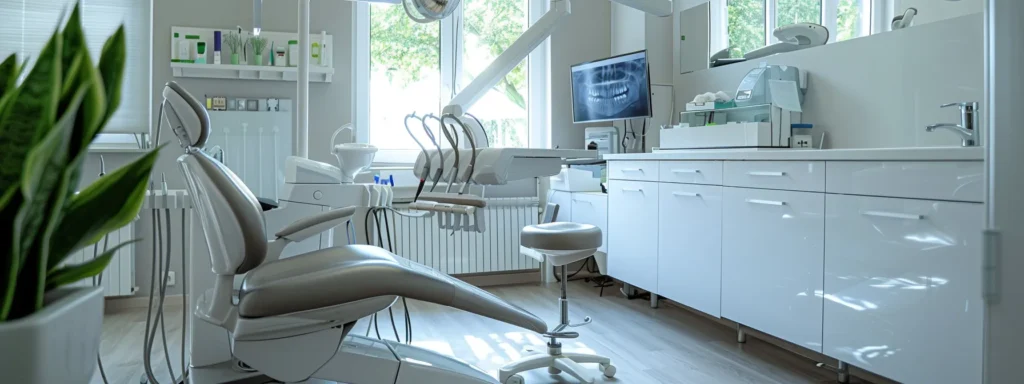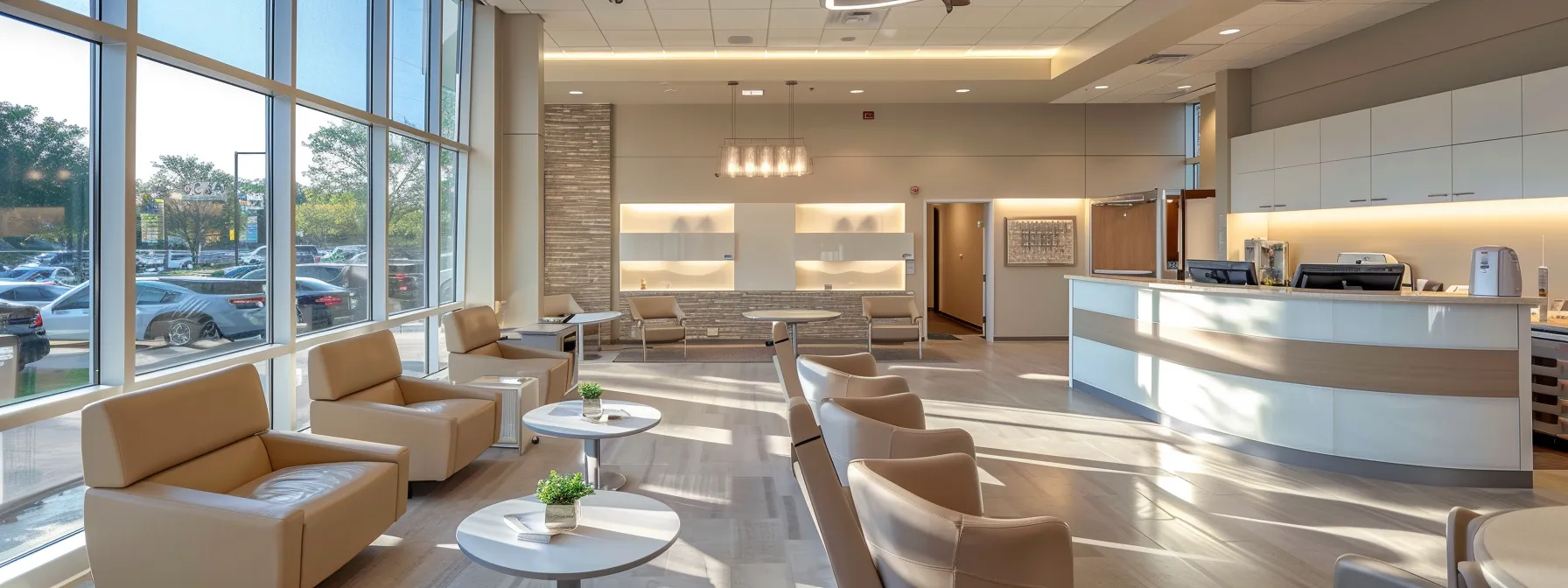Choosing between porcelain and composite veneers is more than a cosmetic decision. It is a commitment to long term confidence and oral health. For residents in Grand Prairie, TX, the choice also intersects with expert guidance from the team at Grand Prairie Family Dental. This article unpacks every facet of these two popular veneer types, helping you make an informed, personalized decision.
Veneers are among the most transformative tools in cosmetic dentistry. Whether you’re hiding discoloration, reshaping your smile, or correcting minor misalignments, veneers offer dramatic results. But the journey to a perfect smile begins with one critical decision: porcelain or composite? Both options offer distinct advantages, and understanding their key differences in aesthetics, durability, cost, and maintenance is crucial to achieving your ideal result.
With the guidance of our experts at Grand Prairie Family Dental, we’ll explore how these two materials perform under real life conditions, what patients in Grand Prairie typically choose based on their goals, and how to align your decision with your budget, lifestyle, and long term smile satisfaction.
Understanding the Material Differences in Veneers
Selecting the right veneer material is a decision that affects the look, feel, and longevity of your smile. Both porcelain and composite veneers are crafted to enhance your appearance, but they differ in structure, application, and overall performance.
Porcelain veneers are created from thin ceramic layers that are bonded permanently to the front of your teeth. Their durability and ability to mimic natural enamel make them one of the most sought-after options in cosmetic dentistry. These veneers typically last 15 to 20 years with excellent maintenance, offering patients a long-term solution with beautiful, natural results.
Composite veneers are made from tooth colored resin and sculpted directly onto the tooth’s surface. They are more affordable and often completed in one visit. However, they usually last between 5 to 7 years. While less durable than porcelain, they still offer a noticeable aesthetic improvement for patients seeking short-term or lower cost enhancements. In summary, understanding these foundational material differences helps ensure that your decision aligns with your goals and sets you on the path toward a confident, radiant smile.
Aesthetic Comparisons: Lifelike Beauty vs. Quick Fix
A smile makeover must prioritize appearance. Choosing between porcelain and composite veneers often comes down to the level of realism and aesthetic quality desired. Each material performs differently when it comes to light reflection, color matching, and customization.
Porcelain veneers are highly regarded for their lifelike translucency. Because they are lab crafted, they offer superior control over shade, shape, and texture. This results in a seamless blend with the surrounding teeth. Composite veneers, while still customizable, are applied chairside and may appear more opaque depending on the patient’s natural tooth color and the dentist’s technique.
Color stability is another visual differentiator. Porcelain resists staining from coffee, wine, and other dark foods much better than composite. This quality allows porcelain veneers to retain their brilliance for many years. Composite veneers may discolor over time, requiring polishing or replacement sooner.
Ultimately, patients should consider how important aesthetics are in the long term. For many seeking a dramatic transformation with durability, porcelain is the preferred option.
Comparing Longevity and Maintenance Needs
Durability is more than just lifespan, it’s about how well a veneer stands up to daily life. Evaluating maintenance and repair frequency is essential in determining which option fits your lifestyle best.
Porcelain veneers are incredibly strong and resistant to chips and stains. Their surface is harder than that of composite resin, making them ideal for patients who want a solution that lasts more than a decade. In contrast, composite veneers are more susceptible to wear and may require maintenance more frequently.
Caring for either type of veneer requires standard oral hygiene. However, composite veneers may need occasional touchups to address wear, chips, or discoloration. Porcelain veneers, when maintained with brushing, flossing, and regular dental visits, often remain flawless with minimal professional intervention.
Patients should consider how much time and money they are willing to invest in maintenance over the years. Porcelain may have a higher upfront cost, but its durability can make it a lower maintenance, more reliable long term choice.
Financial Investment: Short Term Savings or Long Term Value?
Affordability often influences veneer selection. It’s important to examine not only initial pricing but also long term value and replacement frequency. Understanding cost through a broader lens helps make the right investment.
Composite veneers are more economical upfront. Their simple application process and lower lab costs make them accessible for patients who want a cosmetic boost on a budget. They are ideal for teens, young professionals, or those preparing for special events who may later pursue more permanent treatments.
Porcelain veneers cost more initially, but their lifespan and durability offer savings over time. They require fewer repairs and replacements, and their stain resistant surface maintains a polished appearance for years. Many patients find the upfront investment worthwhile for the long-lasting confidence it provides.
When considering the financial commitment of veneers, the true value lies not just in what you pay, but in what you gain. Patients at Grand Prairie Family Dental can work with our team to explore financing and determine which option offers the most reward for their needs.

Personalized Consultations and Treatment Planning
Veneer selection is not one size fits all. A personalized consultation ensures that you receive a treatment plan tailored to your dental health, aesthetic preferences, and lifestyle. At Grand Prairie Family Dental, every smile makeover begins with a detailed assessment.
Your consultation includes digital scans, bite analysis, and discussions about your long-term goals. This is where our team evaluates your enamel thickness, gum health, and any history of dental trauma or sensitivity. These details help us determine which veneer type is most appropriate for your needs.
We also use shade matching and smile design software to show you previews of potential results. This visual component helps you make informed choices with clarity and confidence. The more involved you are in the planning process, the more likely you are to be satisfied with the outcome.
Our goal is to provide complete transparency so that you feel empowered to move forward. Whether you choose composite or porcelain, our job is to ensure you receive beautiful, functional results with minimal surprises.
Key Benefits Comparison: Porcelain vs. Composite
Patients often benefit from seeing a side by side breakdown of how porcelain and composite veneers compare. This helps clarify which qualities matter most in your decision making process and what each option truly offers.
Each type of veneer brings strengths to the table. Here are several important factors to consider:
- Aesthetic realism: Porcelain offers superior light reflection and lifelike appearance
- Durability: Porcelain can last 15–20 years; composite typically lasts 5–7 years
- Cost: Composite has lower upfront costs, but porcelain may be more cost-effective over time
- Maintenance: Porcelain requires less upkeep; composite may need polishing or repairs
- Application time: Composite can often be completed in one visit
This comparison helps you weigh priorities such as timeline, appearance, and budget. With guidance from our Grand Prairie team, you’ll be able to choose veneers that best match your goals and expectations. Veneer decisions are ultimately about trade offs, and this breakdown gives clarity for a confident choice.
Education and Aftercare for Veneer Longevity
The key to long lasting veneers is aftercare. While both porcelain and composite veneers enhance your smile, preserving those results requires intentional daily habits and ongoing professional support.
Patients at Grand Prairie Family Dental receive detailed care instructions after veneer placement. For both veneer types, we recommend using a non abrasive fluoride toothpaste and brushing twice daily with a soft bristle toothbrush. Flossing gently and using alcohol free mouthwash also help maintain gum health and prevent complications.
In-office checkups allow us to monitor the condition of your veneers, especially for early signs of gum recession, edge wear, or staining. Composite veneers may require occasional recontouring or polishing to maintain their appearance. Porcelain typically needs less maintenance but should still be checked for chips or bonding integrity.
Additionally, patients prone to bruxism or nighttime clenching are advised to wear a custom night guard. This precaution extends the life of your veneers and protects your natural teeth. With consistency and care, your new smile can look brilliant for many years.
Your Smile Makeover Starts in Grand Prairie, TX
Your smile is one of your most defining features. In Grand Prairie, TX, Grand Prairie Family Dental has helped countless patients decide between porcelain and composite veneers based on their individual priorities. With us, you’re not just receiving veneers, you’re investing in a smile that reflects your best self.
We offer a complete, end to end experience: from smile analysis to digital previews, custom veneer design, and long term care. Our team combines technical skill with personalized care, giving you the confidence to make informed choices every step of the way.
We believe that everyone deserves to feel great about their smile. Whether you’re drawn to the quick benefits of composite veneers or the long term elegance of porcelain, we are here to help you weigh your options and choose what feels right for your goals and lifestyle.
If you’re ready to move forward, contact Grand Prairie Family Dental today to schedule your cosmetic consultation. Let’s build your confident smile one step at a time.
Frequently Asked Questions About Veneers
What are the main differences between porcelain and composite veneers?
Porcelain veneers last longer and look more natural because they reflect light like real teeth. Composite veneers cost less initially but may stain or chip more easily and usually need replacement sooner.
Are porcelain veneers worth the investment?
Yes. Although they cost more up front, porcelain veneers last longer, need less maintenance, and deliver better aesthetic results. For many patients, they offer excellent value over time.
Can composite veneers still look natural?
Absolutely. Composite veneers can create a significant visual improvement. With expert placement and color matching, they can offer a realistic and attractive smile, especially when time or budget is limited.
Book an appointment with Grand Prairie, TX’s top dentist, Dr. Khademazad, today. It’s the first step to a better smile and increased self-esteem. Call us at 972-988-0900.
Schedule Your Consultation Today!
Grand Prairie Family Dental
972-988-0900
2475 W Pioneer Pkwy






